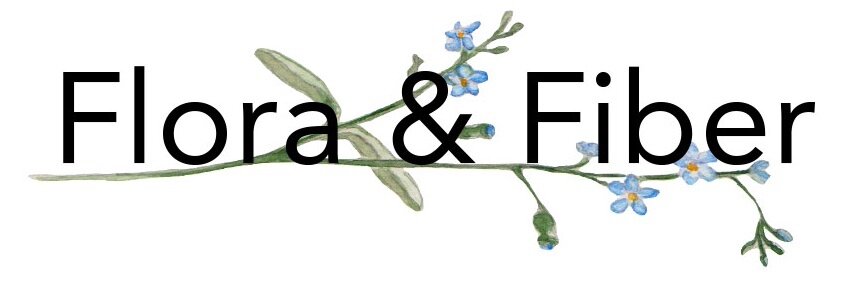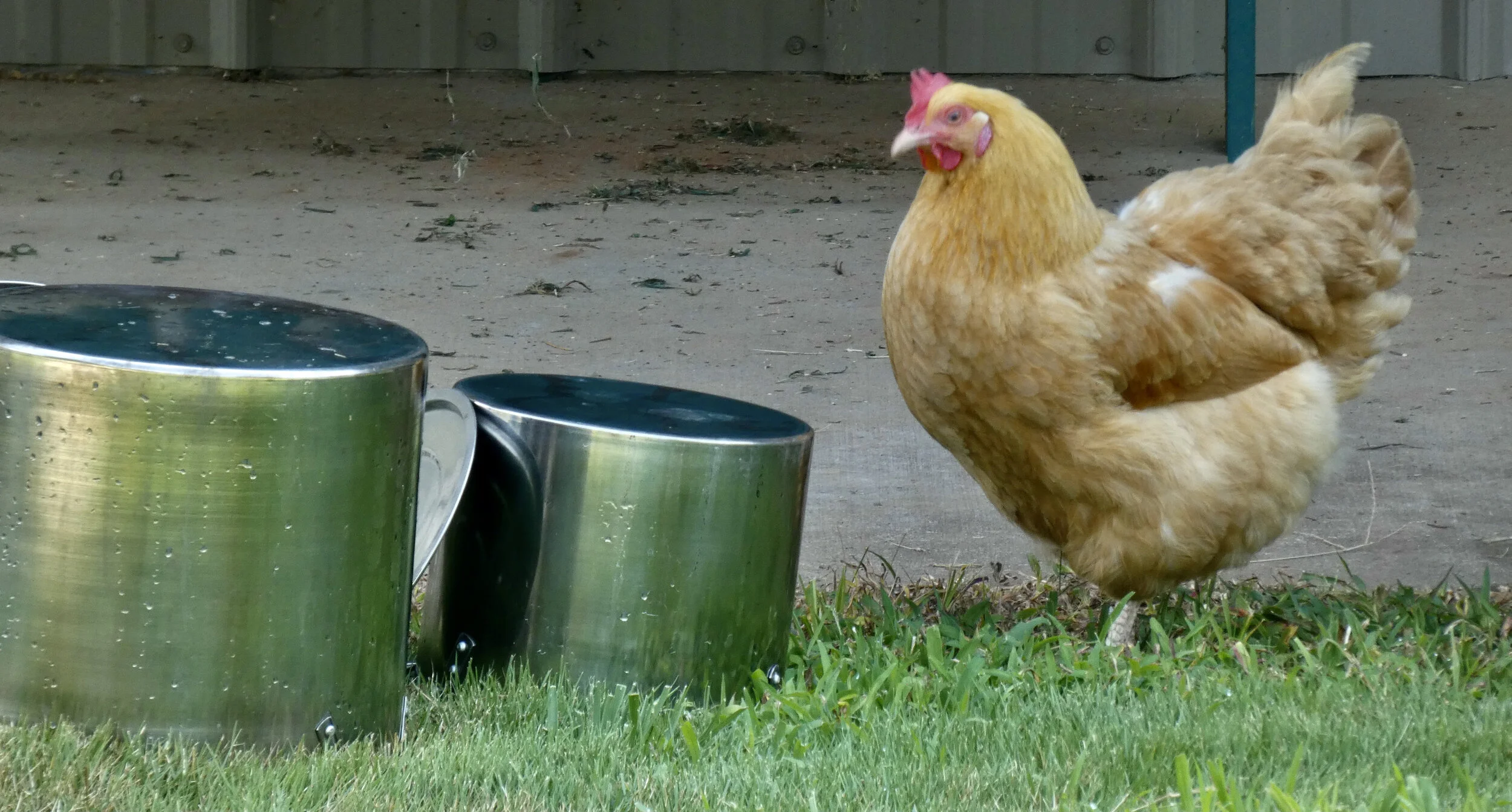Natural Dyeing-Day 1
I’ve done the planning and the fiber prep; now it’s time to start dyeing!
I will be doing the dyeing process over several days. One, because that’s how my brain has it organized. And two, because it’s hotter than Hades here, and I’m taking advantage of the shade and relative coolness of the morning.
First on today’s list is to dye one 50 gram skein and a few of the thrums with weld.
Weld [Reseda luteola] is also called yellow mignonette or dyer's rocket. It is a biennial with summertime spires of yellow flowers that attract bees and butterflies. "Lutea" means "yellow" and refers to its flowers and to the yellow dye it produces. Weld is indigenous to England but can be widely grown from seed.
Weld has been used for centuries to produce a bright, clear yellow that is very lightfast. One source I read said that it is the oldest documented source of yellow and was used by both the Romans and the Greeks. The dried flowers and leaves are the plant material used for dyeing.
I have not tried growing weld, so my dye material is purchased weld extract (powder). I have seen a range of 0.5 to 6% WOF (weight of fiber) used to produce a medium depth of shade. I chose to use 6%. So for my 50-gram skein, that is 3 grams of weld extract.
I added the powder to a pot of water heated to 140F, and stirred to dissolve. The water temperature was increased to 180F and held there for one hour. I took it off the burner, covered it with a lid, and will leave it to cool in the dye water until tomorrow morning.
I also did some prep work for upcoming dye days.
Tomorrow I plan to dye with cochineal. Cochineal is a natural dye derived from the dried bodies of the cochineal bug (more on cochineal in my next Dye Day post). So today, I prepared my cochineal extract. First, I took the dried cochineal bugs (above) and ground them into a powder with a mortar and pestle (below).
Again, I found a range of 3 to 11% WOF. I opted for 8%, so my 50-grams skein requires 4 grams of cochineal powder.
Next, I had to extract the dye chemical, primarily carmine acid, from the powder. The powder is added to a small saucepan with about 3 inches of water. This is boiled for 30 minutes, and the liquid is strained through a fine colander into another container. The bugs are placed back into the saucepan with more water, boiled again for 30 minutes, and then strained into the liquid container. This extracting process is repeated a total of four times. I’ve covered the container of cochineal extract and have it ready for tomorrow’s dye day.
Last Fall, I harvested/dug a relatively large amount of madder root from my garden. It’s been drying over the previous months. Today, I broke that pile of roots into small pieces about 2-4 inches in length in preparation for extracting its dye, alizarin.
I didn’t weigh the basket before filling it, so I’m not sure how much harvested madder root I have. This is about a 3 to 4-gallon basket, and it’s half to three-quarters full. If you look closely, you can see the orange centers of the cut ends of the roots.
Finally, I took a couple of whole black walnuts (in their husks) out of the freezer. They are in a covered pot of water, soaking for the next couple of days in anticipation of their dye day.
Stay tuned for more dyeing!
Debby
















